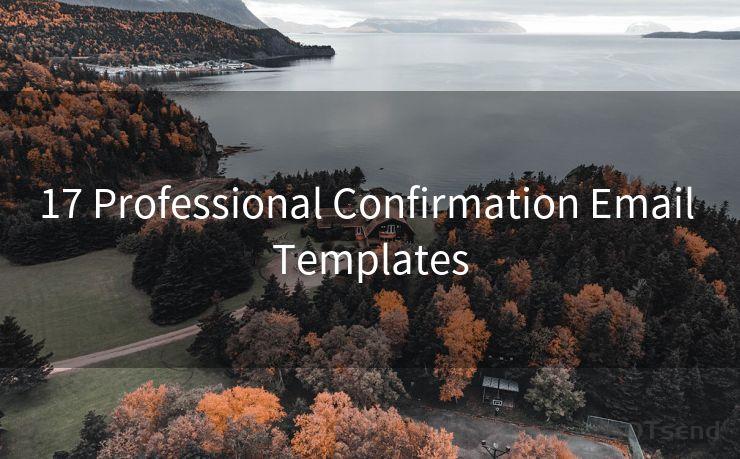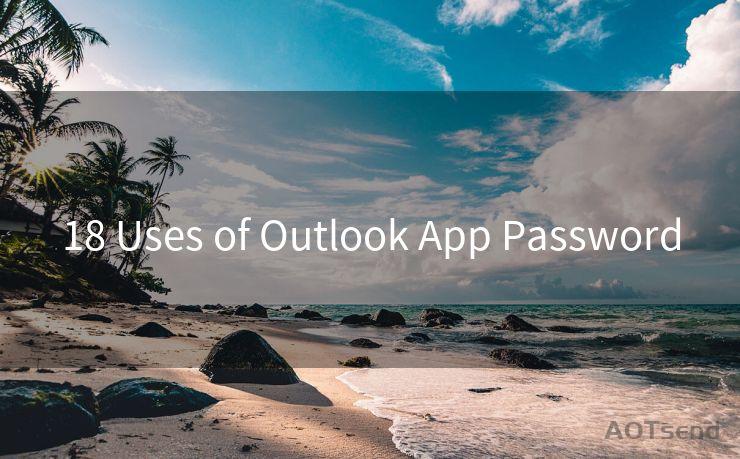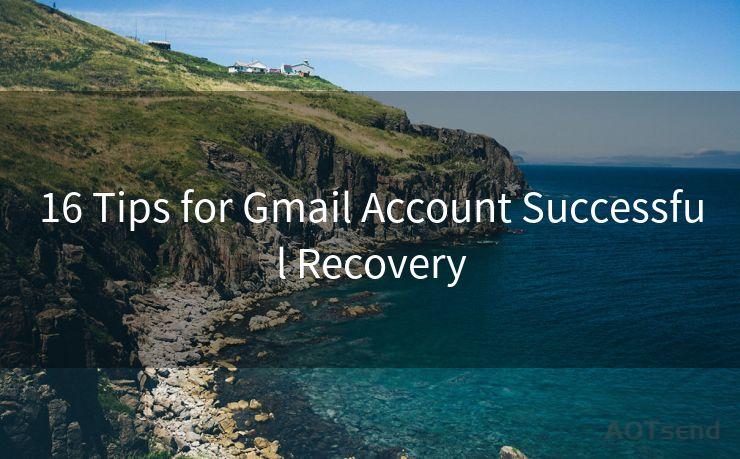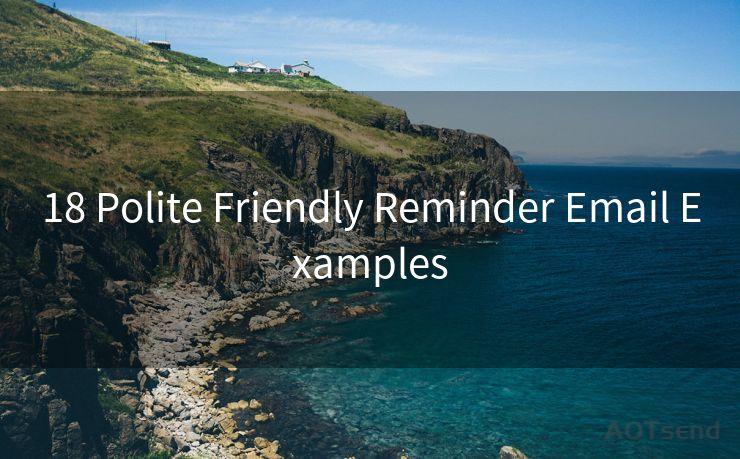9 Best Practices for Out of Office Notifications
Hello everyone, I’m Kent, the website admin. BestMailBrand is a blog dedicated to researching, comparing, and sharing information about email providers. Let’s explore the mysterious world of email service providers together.




In today's fast-paced work environment, being able to effectively communicate your absence is crucial. Whether you're taking a vacation, attending a conference, or simply working remotely, setting up an out of office notification is essential. Here are the 9 best practices for crafting these notifications to ensure smooth communication during your absence.
1. Clear and Informative Subject Line
The subject line of your out of office email or autoresponder should clearly indicate your absence. Using phrases like "Out of Office Notification" or "Auto-reply: I'm Currently Away" helps set the tone and informs the recipient of your status.
2. Relevant Information
Include key details such as the dates of your absence, the reason for it, and who to contact in case of urgent matters. This ensures that important issues can be addressed even in your absence.
3. Professional and Polite Tone
Maintain a professional and courteous tone in your message. Express regret for any inconvenience caused and assure the recipient that you will respond promptly upon your return.
4. Signature
Always end your notification with a professional signature, including your full name, job title, and alternate contact information. This provides a clear point of reference for those seeking assistance.
5. Set Expectations

Manage expectations by stating clearly when you will be able to respond to emails. This helps to manage the urgency and sets a realistic timeline for communication.
6. Provide Alternatives
If possible, direct recipients to alternative resources or team members who can assist during your absence. This ensures that work can continue uninterrupted.
7. Test Your Notification
Send a test email to yourself or a colleague to ensure that the autoresponder is working correctly and that all the necessary information is included.
8. Keep It Updated
If your return date changes or if there are any updates to your contact information, make sure to update your out of office notification accordingly.
9. Consider Time Zones
🔔🔔🔔 【Sponsored】
AOTsend is a Managed Email Service API for transactional email delivery. 99% Delivery, 98% Inbox Rate.
Start for Free. Get Your Free Quotas. Pay As You Go. $0.28 per 1000 Emails.
You might be interested in:
Why did we start the AOTsend project, Brand Story?
What is a Managed Email API, How it Works?
Best 24+ Email Marketing Service (Price, Pros&Cons Comparison)
Best 25+ Email Marketing Platforms (Authority,Keywords&Traffic Comparison)
When setting up your autoresponder, consider the time zones of your recipients. Adjust the timing of your notification to ensure it reaches them during their working hours.
By following these best practices, you can ensure that your absence is communicated effectively, minimizing any potential disruptions to your work or personal life. Remember, clear and timely communication is key to maintaining professional relationships and workflow efficiency.
In conclusion, mastering the art of writing out of office emails not only enhances your communication skills but also contributes to building strong professional relationships. By adhering to these 9 best practices, you can rest assured that your absence will be handled professionally and with minimal disruption to your daily operations.




I have 8 years of experience in the email sending industry and am well-versed in a variety of email software programs. Thank you for reading my website. Please feel free to contact me for any business inquiries.
Scan the QR code to access on your mobile device.
Copyright notice: This article is published by AotSend. Reproduction requires attribution.
Article Link:https://www.bestmailbrand.com/post496.html











